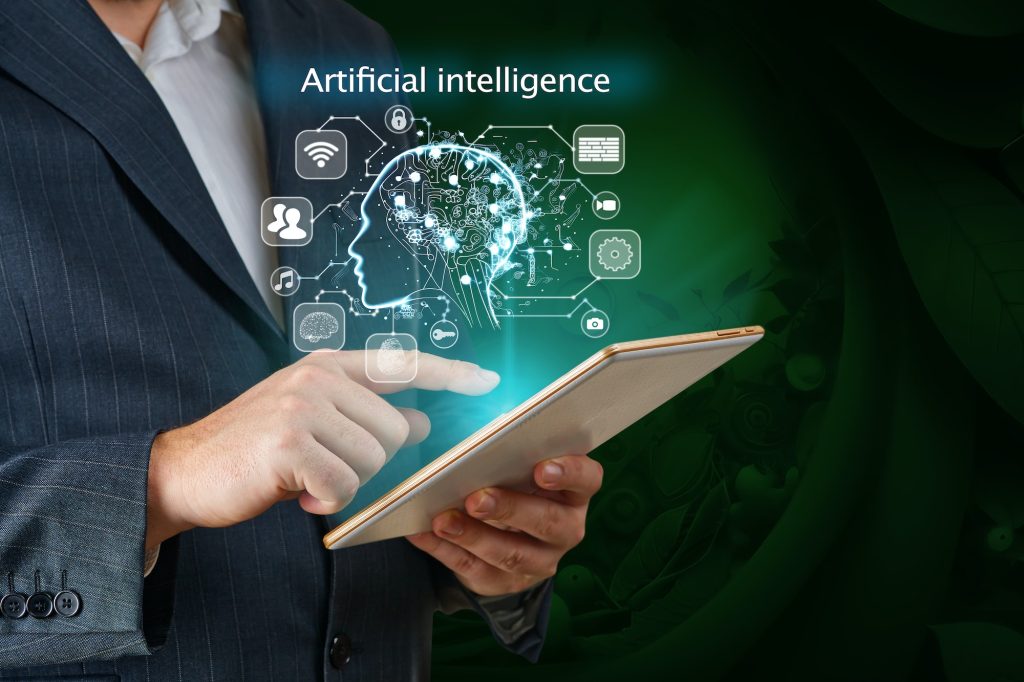
Artificial Intelligence (AI) is a branch of computer science that focuses on creating intelligent machines capable of performing tasks that typically require human intelligence. The concept of AI has been around for decades, but recent technological advancements have brought it to the forefront of scientific research and development.
At its core, AI aims to replicate human cognitive abilities such as learning, problem-solving, and decision-making. It involves the development of algorithms and models that enable machines to process large amounts of data, recognize patterns, and make predictions or decisions based on this information. This ability to quickly analyze vast amounts of data sets AI apart from traditional computing methods.
There are two main types of AI: narrow or weak AI and general or strong AI. Narrow AI refers to systems designed for specific tasks or domains, such as voice recognition software or autonomous vehicles. These systems excel at their designated tasks but must gain the ability to generalize beyond their specific field. On the other hand, general AI refers to machines with human-level intelligence capable of understanding and performing any intellectual task that a human being can do.
The field of AI encompasses various subfields, such as machine learning (ML), natural language processing (NLP), computer vision, robotics, and expert systems. Machine learning is a subset of AI that enables computers to learn from experience without being explicitly programmed. ML algorithms allow machines to improve their performance over time by analyzing patterns in data.
Natural language processing involves teaching computers to understand and interpret human language in written and spoken forms. This has led to significant advancements in speech recognition and machine translation.
Computer vision enables machines to perceive visual information from images or videos using cameras or sensors. It has applications like facial recognition technology, object detection, and self-driving cars.
Robotics combines elements from various disciplines, such as mechanical engineering, electrical engineering, computer science, and artificial intelligence. It involves designing robots capable of interacting with their environment autonomously or through human control. Robots are used in various industries, from manufacturing and healthcare to space exploration and entertainment.
Expert systems are AI programs designed to mimic the decision-making abilities of human experts in specific domains. These systems use a knowledge base and a set of rules to provide advice or make decisions based on input data.
The potential applications of AI are vast and diverse. In healthcare, AI can assist doctors in diagnosing diseases, analyzing medical images, or developing personalized treatment plans. In finance, AI algorithms can analyze market trends and predict stock prices. In transportation, self-driving cars powered by AI technology could revolutionize how we travel.
However, despite its immense potential, AI also raises ethical concerns. Issues such as job displacement due to automation, privacy concerns related to data collection and usage, bias in algorithms, and the potential for misuse of autonomous weapons are some of the challenges that need to be addressed.
